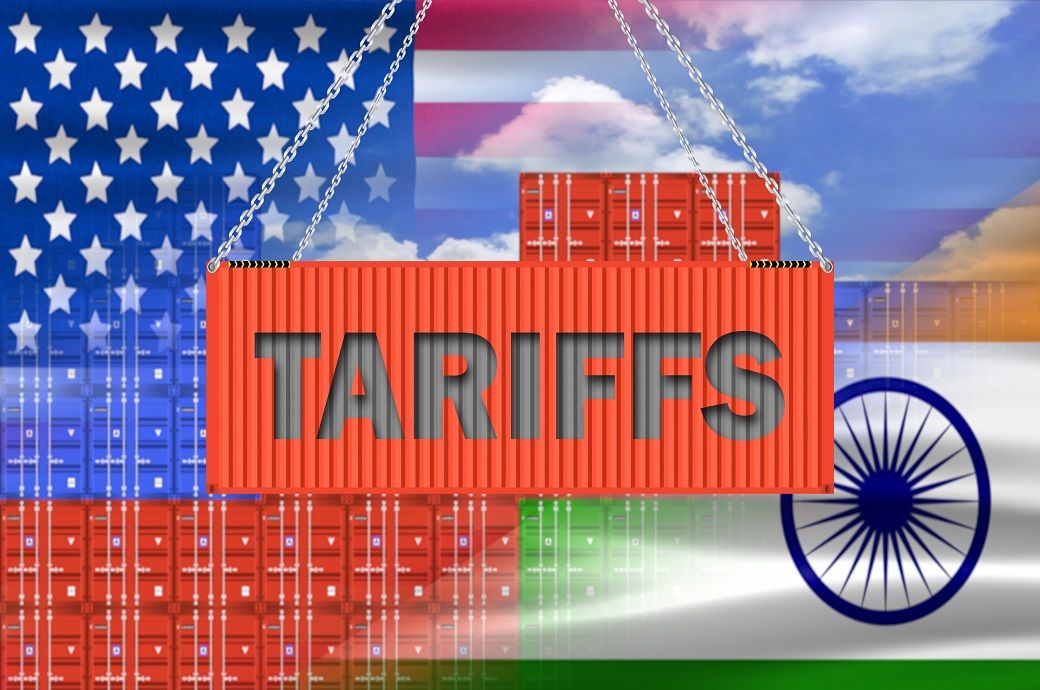
Although the United States is India’s largest export partner, there is scope to increase exports further in areas like smartphones, certain pharma products and labour-intensive exports like textiles and gems and jewellery, the S&P Global company said in a note.
As the first tranche of the proposed BTA is targeted to be completed by the fall of 2025, India should be prepared to see more imports from the United States as India’s tariffs are much higher than those of the United States and bringing these down would be advantageous to US exporters.
The US-India bilateral trade agreement (BTA) under negotiation will likely lead to reduction in India’s goods trade surplus with the US, and India would be able to import more energy products, certain agriculture products and defence equipment, among others, from the latter, according to CRISIL.
Lower tariffs under the BTA can help India compete with other major textile exporters.
CRISIL does foresee some scope for India to increase its exports to the United States.
Textile products are among the major exports to the United States that attract tariffs. Lower tariffs under the BTA can help India compete with other major textile exporters like Bangladesh, China and Vietnam.
While some textile products like toilet linen, kitchen linen and bed linen already have a considerable market share (which should get bolstered by the tariff reduction), the market penetration is low for products in the readymade garment (RMG) space, CRISIL noted. These stand to gain with a tariff reduction.
“Synergies in textile trade can be enhanced from a zero or reduced duty on India’s import of cotton from the US, particularly as India’s cotton production is declining. This can help cater to the rising demand for RMG from the US, provided the duties on such imports are reduced,” it added.
Fibre2Fashion News Desk (DS)

